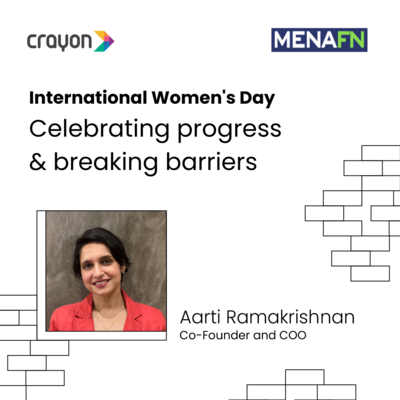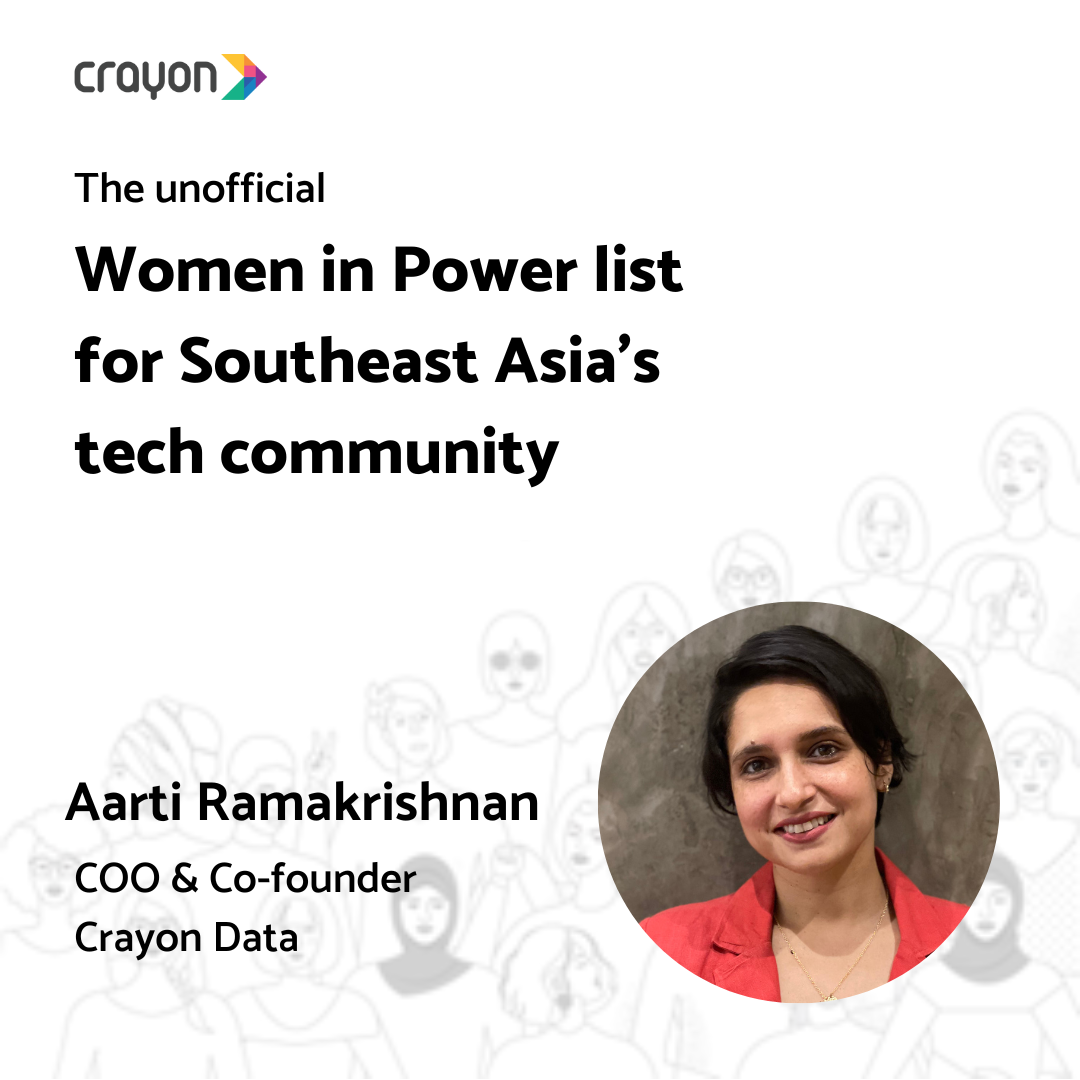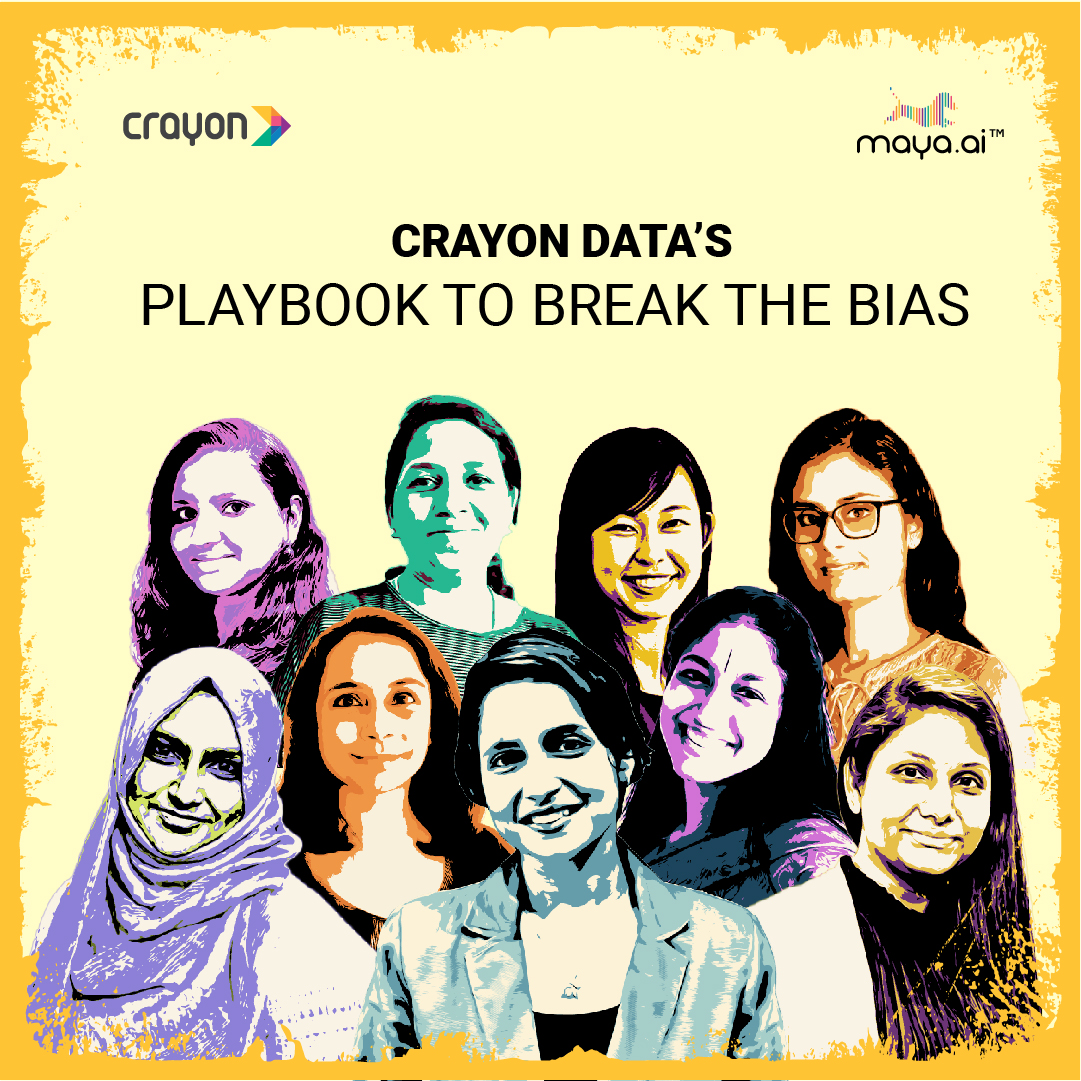For this week’s fireside chat, we were joined by Dr. Gita Johar, the Meyer Feldberg Professor of Business and the Vice Dean for Diversity, Equity, and Inclusion at Columbia Business School. To celebrate the occasion of International Women’s Day (IWD), Dr. Johar shared research on female representation, the barriers to achieving representation, and how societies can overcome these barriers.
Dr. Johar addressed several critical issues in her thought-provoking and insightful presentation. First, she highlighted the absence of opportunities for women and girls due to cultural expectations and then drew our attention to the stark inequities that continue to persist in higher education and corporate environments.
Some of the key takeaways from the session were:
The first step is to ensure that every child has the same opportunities growing up. Many societies and communities continue to undermine the importance of educating a girl child and gender roles are enforced at a very young age.
Across sectors, female representation at the board level and the executive level is low. In some industries, fewer women start at the entry-level but a greater proportion progress to higher levels. In others, many women start at the entry-level but very few make progress.
1. The business case for gender diversity on executive teams is stronger than ever.
The likelihood of financial outperformance for a firm is higher with more gender-diverse executive teams, as the diversity on the team leads to a diversity of thought. With different opinions coming to the table, more individuals feel confident to speak up, which is imperative to strong performance.
2. In technology-related industries, women’s advancement is limited.
Some studies have shown that after making it through the educational pipeline, company representatives often engage in behavior that creates a chilly environment for women through the overshot use of gender stereotypes and other gendered speech and actions.
3. The gender pay gap remains a significant structural barrier for women in the workforce.
At every wage level, women earn less than their male counterparts. While this may be attributed to the fact that women choose to scale back due to motherhood or familial responsibilities, studies have found that mothers are penalized on a host of measures, while fathers are not. Even after accounting for all observable characteristics such as occupation and hours worked, a portion of the gender wage gap is left unexplained, suggesting that gender discrimination is one factor that is affecting wages.
4. Workplace policies need to encourage flexibility while getting the best from your workforce.
Workers can be very productive even when working from home. Pre-COVID, the face-time expectation has driven people’s perceptions of who is working hard and who isn’t, but COVID has shown that working from home does not necessarily hinder productivity.
5. There is a gap between one’s stated attitude and actual behavior.
While leaders may ostensibly support gender-equality, concrete measures to address implicit bias are crucial and need to be put in place in a transparent way to address structural and systemic barriers faced by women in the workplace. Companies should institute policies that support the advancement of women, such as by intentionally seeking talented and qualified underrepresented candidates for open positions and creating the organizational climate for them to succeed. Holding corporate leaders accountable for their goals and actions is critical.
The theme of IWD 2021 is #ChoosetoChallenge. In discussing the cultural, structural, and economic barriers to achieving gender equality, Dr. Johar certainly provided us with food for thought on how we can do our part to create a more gender-inclusive world.

























